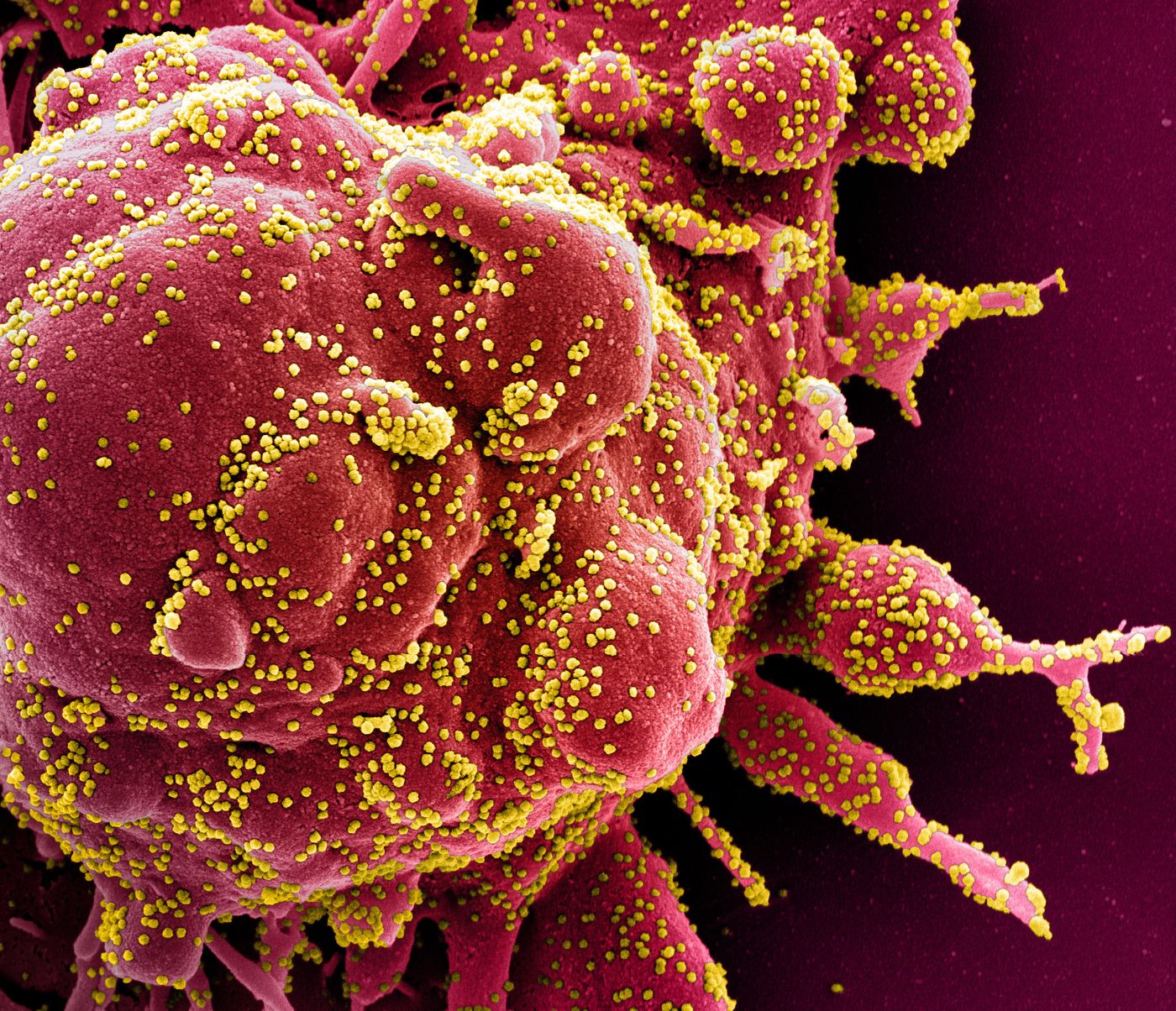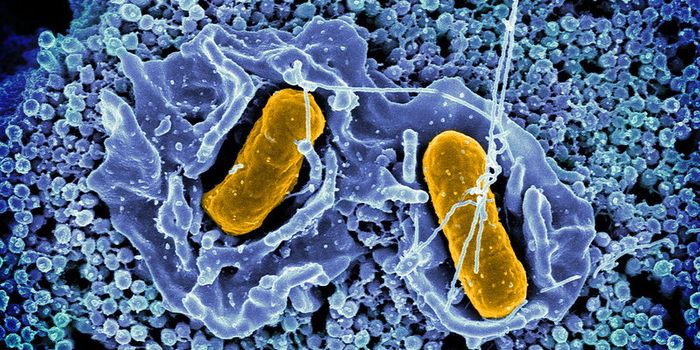Potential New COVID-19 Vaccine is Delivered by Patch
The coronavirus pandemic caused by SARS-CoV-2 is demanding the world's immediate attention, and as the number of COVID-19 cases and deaths rise, researchers are searching for ways to prevent and treat the disease. A team of scientists working on a vaccine for the virus has now identified a candidate and combined it with a relatively new concept in vaccine delivery. The work, by researchers at the University of Pittsburgh School of Medicine, has been reported in EBioMedicine, a Lancet journal.
The delivery method uses an array of microneedles that looks like a small piece of Velcro. “It’s a lot like a band-aid with hundreds of small needles. In this particular case, the needles are made out of the sugar substance, and we actually incorporate the vaccine directly into the needles,” Dr. Louis Falo of the University of Pittsburgh School told CBS Pittsburgh (KDKA).
Falo worked on this innovation with Dr. Andrea Gambotto of the University of Pittsburgh School of Medicine, who has been performing vaccine research for many years. Gambotto's work has led him to investigate other coronaviruses including the one that caused the SARS outbreak in 2003.
“Back then, we didn’t have the knowledge that we have now on what is needed to, to build an effective vaccine against coronaviruses in general,” Gambotto told KDKA.
All those years of work are now coming together with microneedle technology. “With that, now we think we have generated that format of vaccine that they could be very effective. It could be relatively easy to manufacture and to apply,” he added.
There are multiple advantages to this approach, according to Falo. The vaccine antigen is mixed with liquid sugar and used to make the microneedle array, which is composed of 400 microneedles that are each about the width of a hair, and half a millimeter long.
“So, this is an incredibly safe approach. There is no bleeding with this approach, there’s no pain because the needles are not long enough to reach the circulation or nerves. In addition to that, the amounts of antigen that we’re using are so small that they don’t cause any adverse effects, in and of themselves,” he explained. “When the microneedles are hard, they’re able to penetrate the outer layers of the skin. And, then, as they absorb moisture, they actually dissolve and release the antigen into the skin, so the needles are actually the vaccine.”
Falo has started the application with the Food and Drug Administration to begin a phase one clinical trial, a process that can take years. However, there is hope that because we're dealing with a pandemic and this could help offer a way out, it may proceed faster.
“The only competition here is the competition with the virus,” Falo said. “I think we’re all trying to work in the same direction. I think it’s better when we don’t compete with each other that we work together on this, and I think the virus is the real enemy here.
Learn more about how microneedle arrays are used to deliver vaccines and medicine from the videos above and below.
Sources: UPMC News, KDKA Pittsburgh, EBioMedicine









